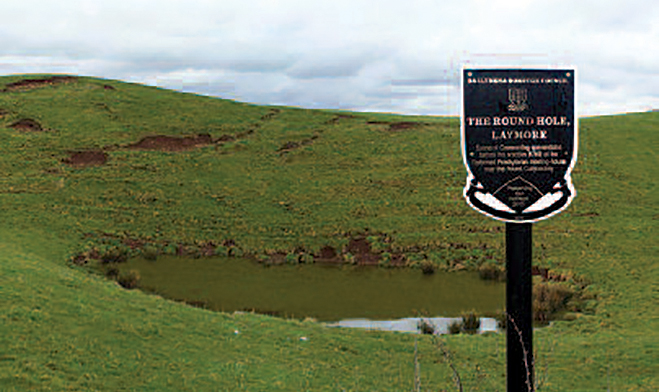In April 1644 orders were issued from Scotland that the Solemn League and Covenant should be administered to the Scottish army where it was garrisoned throughout Ulster.
Rev James Hamilton, minister formerly of Ballywalter, was to oversee the Solemn League and Covenant in Ulster, assisted by Hugh Henderson (of Dalry, Ayrshire), William Adair (Ayr) and John Weir (Dalserf, Lanarkshire). Not only was it subscribed to by the army, but many of the settlers also signed it.
For the three months from 4th April 1644 at Carrickfergus to 30 June 1644 at Killyleagh, the Solemn League and Covenant was administered and signed by the Ulster Scots people at 26 locations across the province, from Ballywalter in County Down to Ballyshannon in County Donegal.
One of these original Covenants survives to this day, signed by the people at Holywood on 8 April 1644, and is in the collection of the Ulster Museum. Contemporary reports indicate that inside six weeks, over 16,000 people had taken the Solemn League and Covenant in Ulster.
For present purposes, it is of interest that one of the places where the Covenant was signed in 1644 was Ballymena.
One of the most important meeting places of Covenanter societies in County Antrim was at Laymore, near Ballymena.
Here was the Round Hole, a natural amphitheatre and the perfect setting for open-air services. It is not known if David Houston ever preached here, though if, as has been suggested, Covenanters had been meeting here from as early as the 1670s, it is likely that he did.

In 2005, a plaque was placed here by Ballymena Borough Council which read: ‘THE ROUND HOLE, LAYMORE. It hosted gatherings before the building of a Reformed Presbyterian meeting house at Cullybackey in 1789.’
Ald. Tommy Nicholl
